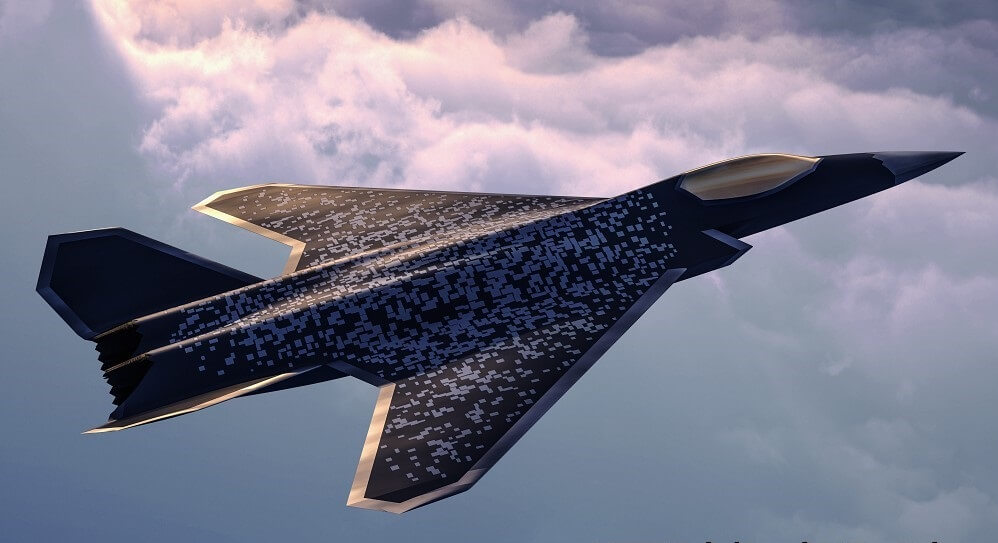This year, the Paris Air Show saw the signing of the agreement that set the legal framework for the joint development of the Future Air Combat System (FCAS) European fighter jet program started by France and Germany and recently joined by Spain. Since then, Dassault and Airbus have been eagerly waiting for the green light to start developing their demonstrators.
In an open letter titled “To build European Defence, we need to maintain collective momentum”, Eric Trappier, the CEO of the French manufacturer Dassault Aviation, and Dirk Hoke, the executive chairman of Airbus Defense & Space, based in Germany, reminded their respective governments that time was critical regarding the European fighter jet program.
“Launching this FCAS demonstrator phase means commencing the first development phase of this 21st century European defence project,” is stated in the letter. “In the current geopolitical context, it ensures that Europe can maintain its industrial and operational sovereignty and deal with the threats of tomorrow”. The initial timeline was to see demonstrators take to the skies by 2026.
Both the Rafale and the Typhoon have been struggling to receive enough orders to keep their assembly chains running. With no 5th generation fighter on the market to “maintain the development and production capabilities,” the two companies are afraid to see Europe lose its “sovereign defence industry” in the air.
Since the development of the Dassault Rafale and Saab Gripen came to an end at the turn of the millennium, the nEUROn has been the only European program developing an air fighting platform. As the transfer of the United States’ strategic innovations in that area seemed improbable, it allowed European countries to develop their own stealth technologies.
But those “future technologies need to be developed now for subsequent flight testing and qualification” if the deadline for operational service by 2040 is to be met. Airbus and Dassault Aviation highlight “how quickly both companies had jointly concluded agreements and prepared themselves to move forward”, unlike the French and German authorities.
The program has indeed been stalling since the Paris Air Show 2019. The first problem to emerge was that the two governments disagree on the exportation rules of their future fighter jets, with the German side proving more restrictive. But an agreement between them might not be enough, as the most vocal discontent lies elsewhere.
From the moment the leadership of the Next Generation Fighter has been awarded to Dassault Aviation, members of the Bundestag, the German parliament, have shown defiance regarding the FCAS. Despite Germany having in return taken the lead on the Main Ground Combat System for the development of a new European main battle tank, “some people in Germany would see Franco-German cooperation as a whole disproportionate to French industry”, reported MP Jean-Charles Larsonneur to the French parliament in November 2018.
The discordance of the German voices is illustrated by the conflict surrounding the engine of the FCAS. The French manufacturer Safran and its German counterpart MTU Aero Engines have outlined a subprogram that would have seen the former take the lead, with the latter as its main partner. While this distribution set up by the French authorities was approved by the German government, it was however blocked in the Bundestag. Members of the parliament have required a total parity in the leadership of the engine subprogram.
The fact that the Spanish government, which entered the FCAS program this year, decided to pick Indra, the defense electronics group already working on the Typhoon, as its main coordinator may add to the grudge. Airbus (in which Spain has a 4.17% share) had envisioned to be chosen instead, probably contemplating a leadership in designing the “system of systems” that will see the fighter jet cooperating with other elements, such as a swarm of support drones (Remote Carriers).
The two manufacturers now urge the governments to move forward on the question during the next Franco-German ministerial council meeting, due to take place on October 16, 2019, in Toulouse, France, where Airbus is headquartered. “We call on our political leaders to make every effort to launch these demonstrators at the earliest opportunity in what will be a key step in moving this ambitious project forward,” concludes the letter. Hopefully, for the European defense industry, their appeal will be heard. If not, the European fighter jet birthed from the Tempest program (regrouping the United Kingdom, Italy, and Norway) could be the only one to ever see the sky.
